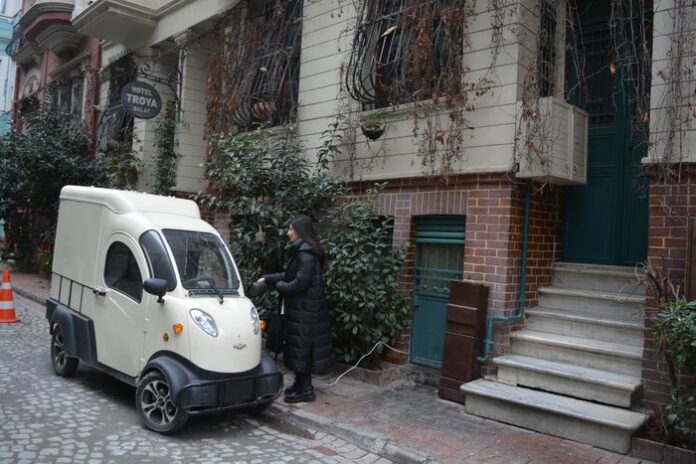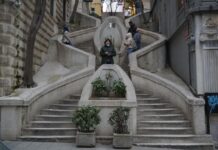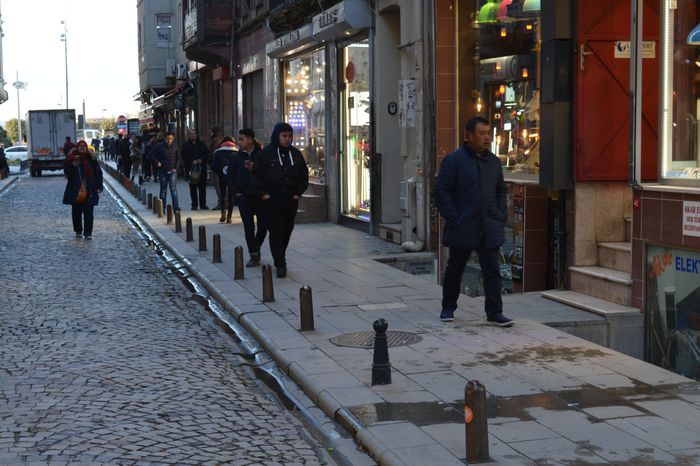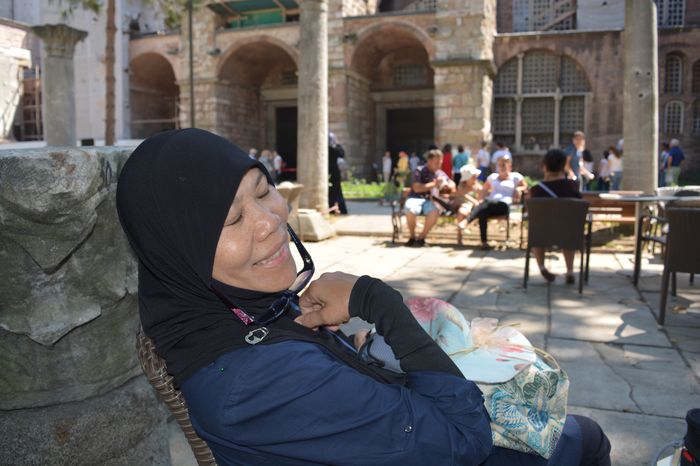Some capitals found in Constantinople’s cisterns are decorated with simple but meaningful motifs. These include vine leaves, crosses, or medallions placed within framed moldings. Capitals with such decorations can be seen in the Seferikoz Cistern and another cistern near the Şeyh Murat Mescidi.
Dating the Capitals Mostly Fifth and Early Sixth Century
Among the cisterns in the historic peninsula of Istanbul, very few capitals date from after 550 AD. Most capitals found in the cisterns are from the fifth century and the first half of the sixth century.
This is because the marble quarries on Proconnesos Island—a main source of marble for the city—declined during the middle and late Byzantine periods. As a result, builders recycled older building materials for new construction during later centuries.
Reusing Capitals and Columns Makes Dating Difficult
Since columns and capitals were reused many times, it becomes difficult to accurately date either the buildings or the reused parts. For example, just because a cistern contains capitals from the early Byzantine period does not mean the cistern itself was built during that time.
Many cisterns built during the middle and late Byzantine periods reused architectural elements from late antiquity (the earlier Roman and Byzantine eras). Therefore, only a few cisterns can be dated with certainty based on their architectural style.
Other Clues for Dating Cisterns
Sometimes the masonry style of a cistern helps with dating. For example, a cistern with capitals from late antiquity might show the recessed brick technique, a construction style common in the middle Byzantine period. This helps historians understand that the building was constructed later, even though it uses older capitals.
Because of this, architectural sculpture alone is not always reliable for dating buildings. Capitals made at the same time can be found in many different cisterns, some of which were built centuries apart Istanbul Guided Private Tours.
Old Stock and Condition Help Identify Reused Capitals
In many cisterns, along with reused elements, capitals might come from old stockpiles of building materials saved for future use.
Scholars say that reused capitals can often be recognized by their condition—such as signs of wear or previous damage before being reused in a new structure. This careful study of capitals helps experts understand the history of construction in Constantinople.
The capitals found in Constantinople’s cisterns tell a story of reuse, recycling, and changing building traditions. Although most capitals date from the fifth and early sixth centuries, they were often reused in later buildings. This reuse makes dating the cisterns more complicated, so experts rely on multiple clues, such as masonry techniques and the condition of the capitals, to understand the history of these fascinating water storage structures Corinthian Capitals in Constantinople’s Cisterns.







